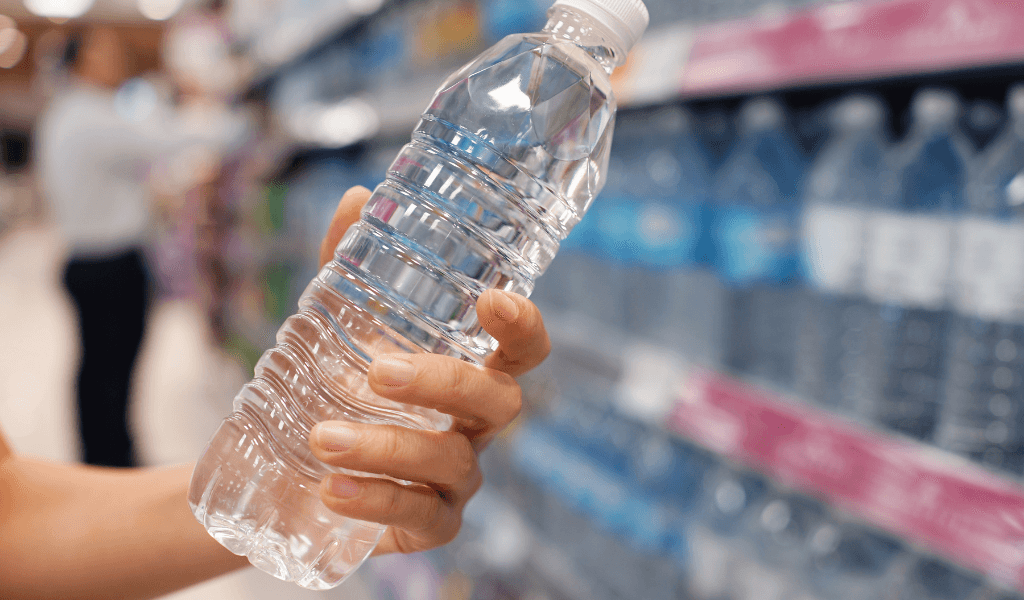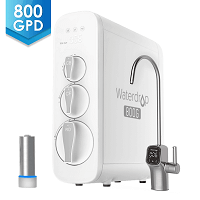Recently, the chemical and manufacturing corporation, 3M, has reached a significant settlement of $10.3 billion with various cities and towns in the United States. The settlement is in response to claims made by these municipalities that 3M contaminated their drinking water with so-called forever chemicals known as PFAS. These harmful substances are commonly used in a wide range of products, including firefighting foam and nonstick coatings.
As part of the settlement, 3M has committed to making payments over a period of 13 years. The funds will be utilized by cities, counties, and other entities across the country to conduct testing for PFAS and carry out the necessary clean-up procedures in public water supplies. This settlement marks an important step towards addressing the issue of PFAS contamination and ensuring the safety of drinking water for affected communities.
The first-ever national standard against PFAS is on the horizon
On March 14, 2023, the Environmental Protection Agency (EPA) made an important announcement regarding the proposed National Primary Drinking Water Regulation (NPDWR) for
six specific PFAS chemicals. These chemicals include perfluorooctanoic acid (PFOA), perfluorooctane sulfonic acid (PFOS), perfluorononanoic acid (PFNA), hexafluoropropylene oxide dimer acid (HFPO-DA, commonly known as GenX Chemicals), perfluorohexane sulfonic acid (PFHxS), and perfluorobutane sulfonic acid (PFBS).
It’s important to note that the proposed PFAS NPDWR does not require immediate action until it is finalized. The EPA aims to complete the regulation process and have it finalized by the end of 2023. Once implemented, the EPA expects that the rule will have a significant impact. It is projected to prevent thousands of deaths and reduce tens of thousands of severe illnesses attributed to PFAS exposure.
This announcement signifies a significant step towards addressing the risks associated with PFAS chemicals in drinking water and ensuring the health and well-being of the population.
What is PFAS?
PFAS, or per- and polyfluoroalkyl substances, have been manufactured in the United States since the 1940s. These chemicals find application in a wide range of uses, including firefighting, as well as providing stain and waterproofing properties to consumer products like carpets, clothing, and food packaging.
While some PFAS chemicals are no longer produced due to worries about their impact on the environment and human health, they persist in the environment and have the potential to contaminate nearby surface waters and groundwater in areas where they were manufactured or used. Despite limited knowledge about the potential effects of newer PFAS on human health and the environment, their production continues in the United States.
A major concern with PFAS is their slow breakdown, leading to their accumulation in humans, animals, and the environment over time.
How does PFAS get into water?
PFAS can enter water through various pathways, posing a risk to drinking water sources. Industrial discharges and improper disposal of PFAS-containing products are common routes, leading to contamination of surface water and groundwater. Another source is the use of PFAS-containing firefighting foams during training exercises or firefighting activities, which can contaminate nearby water bodies. Additionally, PFAS can migrate from landfills or be released by wastewater treatment plants, further compromising water sources.
Due to their persistent nature, PFAS have the ability to travel long distances, allowing them to contaminate water supplies far away from their source.
Overall, PFAS can infiltrate drinking water through industrial releases to water, air, or soil, discharges from sewage treatment plants, land application of contaminated sludge, leaching from landfills, and the use of certain firefighting foams.
How can PFAS affect people’s health?
With characteristics that do not break down easily, the PFAS are known as the “forever chemicals ” that would persist and accumulate in our environment, gradually go in and build up in human bodies, causing potential risks to our health.
When individuals are exposed to elevated levels of PFAS through contaminated drinking water, it can lead to various
health effects, including:
- Increased cholesterol levels
- Changes in liver enzymes
- Hormone disruption and increased risk for thyroid disease
- Decreased odds of women becoming pregnant
- High blood pressure or pre-eclampsia during pregnancy
- Small decreases in infant birth weights
- Decreased vaccine response in children
- Increased risk of kidney or testicular cancers
Over
98% of the US population has been found to have four types of PFAS (PFOS, PFOA, PFNA, PFHxS) in their bloodstream (serum). These long-chain PFAS compounds have the ability to accumulate and persist in the human body for many years. Even after exposure is reduced or stopped, the levels of these substances decrease at a slow rate over time.
While a blood test can detect the presence of PFAS exposure, it is important to note that these tests cannot provide information about the quantity of PFAS or predict the occurrence of adverse health effects. If you have concerns regarding potential PFAS exposure through your drinking water and its impact on your health, it is advisable to consult your doctor for further guidance and evaluation.
How to remove PFAS in water with home water treatment?
Drinking water from PFAS-contaminated water supplies is one of the most common ways to get exposed to the chemicals.
PFAS can be effectively reduced to a permissible concentration in drinking water with in-home treatment technologies, such as carbon filtration and reverse osmosis.
Activated Carbon Treatment
Activated carbon treatment could work well for reducing PFAS in water. It is commonly used to adsorb natural organic compounds, taste and odor compounds, and synthetic organic chemicals in drinking water treatment systems.
If you check the water filter materials, you can easily find activated carbon in
refrigerator filters,
faucet-mounted filters,
pitcher filters, and other filtration systems. According to the
studies by Duke University and N.C. State University, the activated carbon filters could remove 73 percent of PFAS contaminants on average.
Yet, they also found the activated-carbon filters’ effectiveness was inconsistent and unpredictable as the test result for each test varies a lot. The activated carbon filter is only effective in removing longer-chain PFAS but not shorter-chain PFAS.
Reverse Osmosis
High-pressure membranes like reverse osmosis use a partially permeable membrane to separate ions, unwanted molecules, and larger particles, considered the most effective technologies to reduce PFAS in water.
Researchers from Duke University and N.C. State University tested 76 home water filtration systems for their efficiency in reducing PFAS. The study found that reverse osmosis works the best compared to other often used filter systems on the market, like refrigerator filters, pitcher style filters, whole-house filters, etc.
The RO system could reduce GenX and other PFAS by 94 percent or more. The reverse osmosis membranes contain pores of 0.0001 microns that are only big enough to allow the passage of water molecules while blocking the PFAS and other contaminants.
- 800 GPD tankless reverse osmosis water filter system—Waterdrop G3P800
Waterdrop’s under sink RO system, the G3P800, is an impressive unit with a capacity of 800 gallons per day. It comes with several reputable certifications, including NSF/ANSI Standard 58 for TDS reduction and NSF 372 certification for lead-free material.
Tested by an official third-party laboratory (SGS), through 9-stage filtration, Waterdrop G3P800 RO system can effectively reduce PFAS, fluoride, heavy metals like lead, chromium, arsenic, iron, radium and calcium, salts like nitrate and chloride as well as large particles.
| Substance |
% Reduction |
Product Water Concentration |
NSF Maximum Permissible Product Water Concentration |
| PFOS |
>99% |
<0.01 ppb |
0.07 ppb |
| PFOA |
>99% |
<0.01 ppb |
0.07 ppb |
See
test results for more.
Takeaway
As the EPA accelerates its research and actions to address the PFAS crisis, people’s awareness and understanding of the EPA continue to deepen. Consequently, the tolerance for PFAS continues to decrease. As a citizen, it is crucial to know how to minimize exposure to these chemicals. Regularly testing your home drinking water and implementing solutions to protect it from these concerning toxic chemicals are essential steps to take. Safeguarding your home’s drinking water becomes paramount in ensuring a safe environment for you and your family.


























































































































